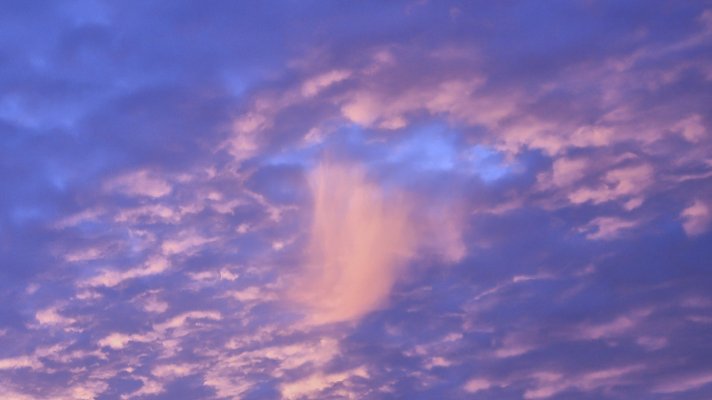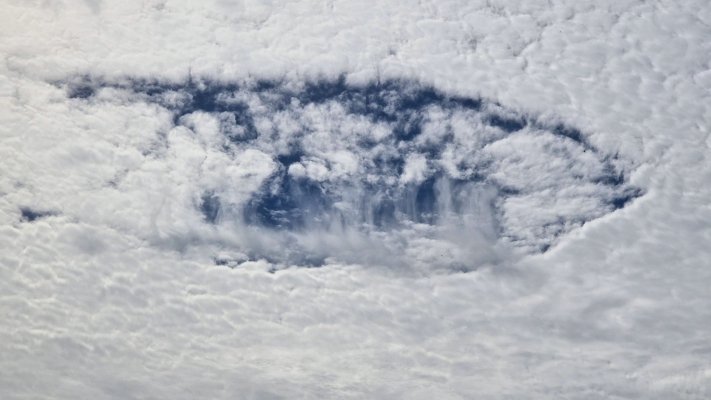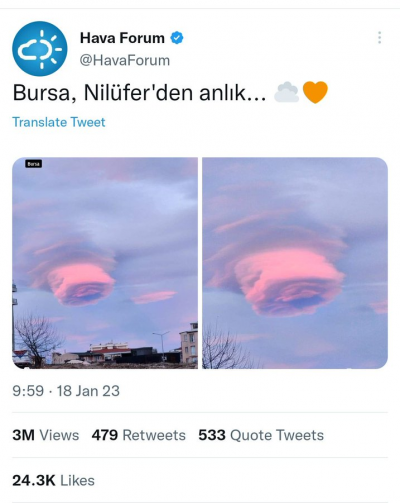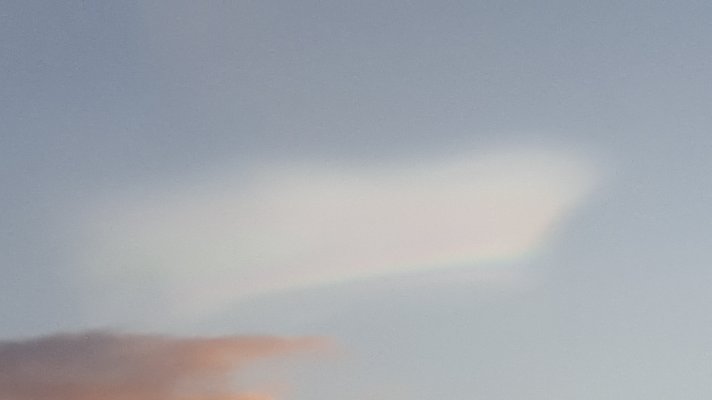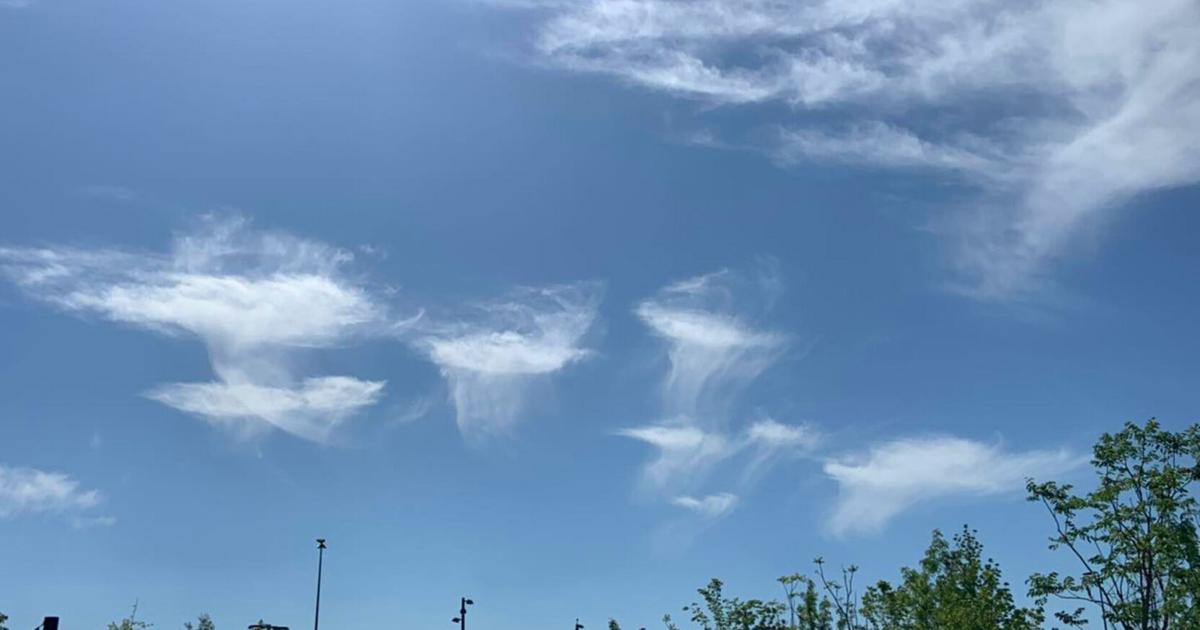Bizarre 'Levanter' cloud billows off Rock of Gibraltar in breathtaking time-lapse video
An unusual cloud formation, known locally as a "Levanter," was recently captured in exquisite detail as it appeared to flow off the peak of the Rock of Gibraltar ...
The Gibraltar Met Office captured the new time-lapse video on Aug. 24 on the runway at Gibraltar International Airport and shared the breathtaking scene on Twitter (opens in new tab). In the sped-up footage, the billowing cloud appears to form out of thin air around the peak of the 1,398-foot-tall (426 meters) Rock of Gibraltar ...
The bizarre formation is known as a "banner cloud," which is a type of orographic cloud, meaning it is created due to the shape of the land below it, according to the U.K. Met Office ... Banner clouds are birthed when strong winds blow moisture-rich air against a hill or mountain, forcing the air to lift toward the peak. As the air reaches the summit, it cools down, causing the water vapor to condense into a cloud, which either hangs, stationary, around the peak or, in the case of the new video, gets blown away by the wind ...
The Rock of Gibraltar is well suited to spawning banner clouds because it catches a regularly occurring wind known as the Levant, an easterly gust that blows westward through the Strait of Gibraltar, off southern Spain. Locals have, therefore, nicknamed the cloud formations "Levanters." ...



